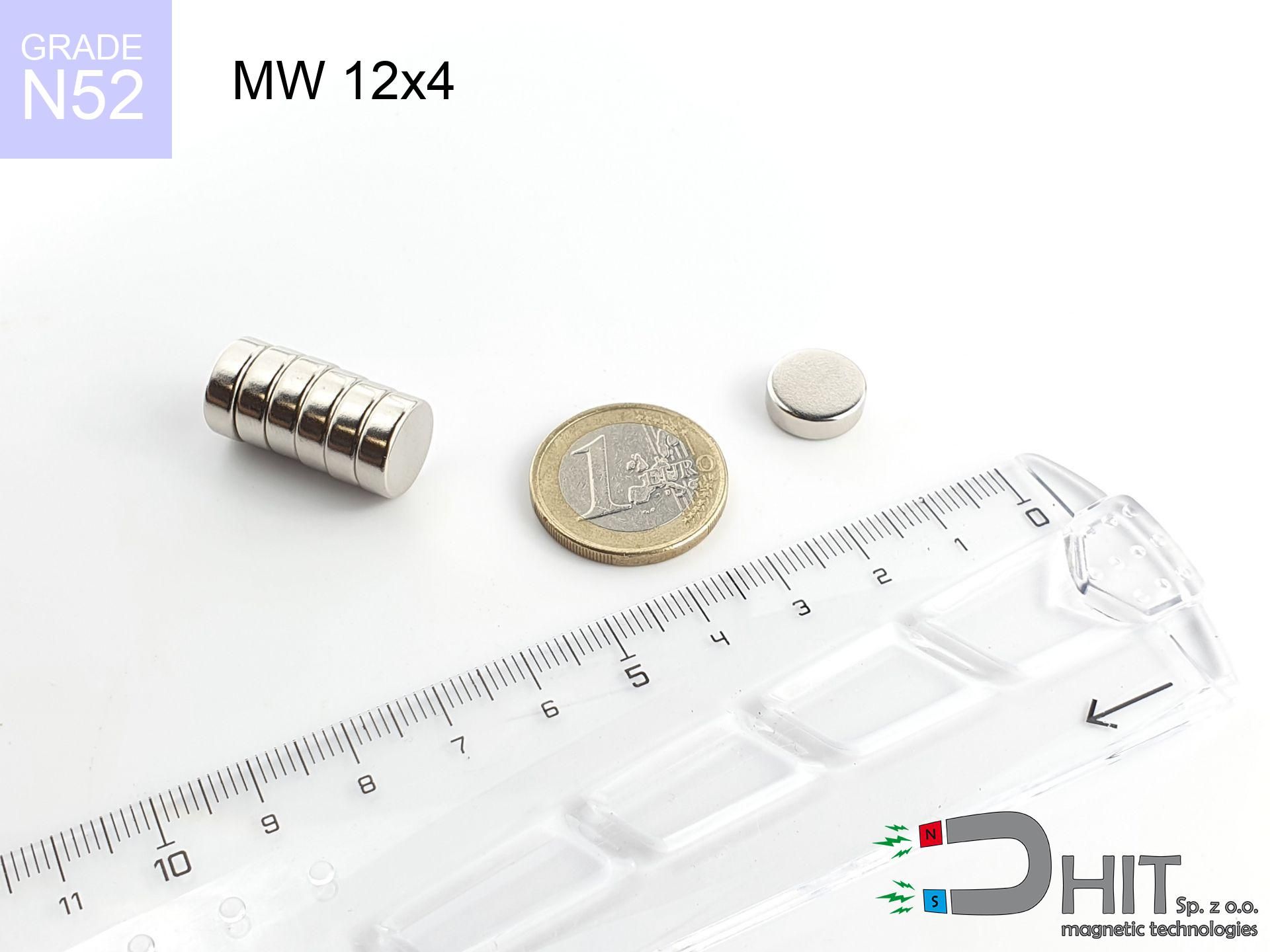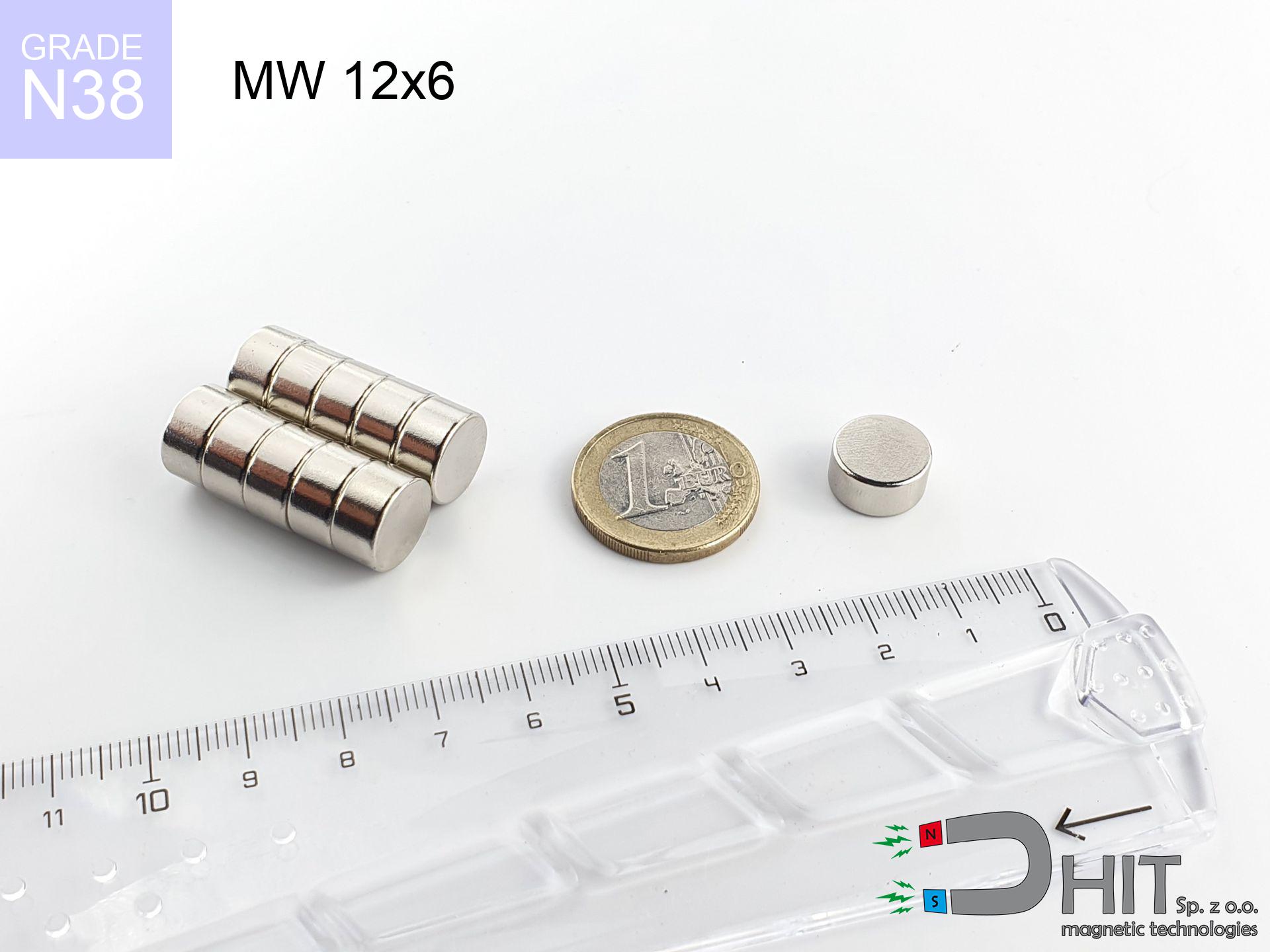SM 25x125 [2xM8] / N52 - magnetic separator
magnetic separator
Catalog no 130367
GTIN: 5906301813156
Diameter Ø
25 mm [±1 mm]
Height
125 mm [±1 mm]
Weight
0.01 g
Magnetic Flux
~ 9 500 Gauss [±5%]
393.60 ZŁ with VAT / pcs + price for transport
320.00 ZŁ net + 23% VAT / pcs
bulk discounts:
Need more?Need help making a decision?
Call us now
+48 888 99 98 98
otherwise drop us a message through
request form
the contact section.
Specifications along with structure of neodymium magnets can be estimated on our
magnetic mass calculator.
Same-day processing for orders placed before 14:00.
SM 25x125 [2xM8] / N52 - magnetic separator
Specification / characteristics SM 25x125 [2xM8] / N52 - magnetic separator
| properties | values |
|---|---|
| Cat. no. | 130367 |
| GTIN | 5906301813156 |
| Production/Distribution | Dhit sp. z o.o. |
| Country of origin | Poland / China / Germany |
| Customs code | 85059029 |
| Diameter Ø | 25 mm [±1 mm] |
| Height | 125 mm [±1 mm] |
| Weight | 0.01 g |
| Material Type | Stainless steel AISI 304 / A2 |
| Magnetic Flux | ~ 9 500 Gauss [±5%] |
| Size/Mount Quantity | 2xM8 |
| Polarity | circumferential - 4 poles |
| Casing Tube Thickness | 1 mm |
| Manufacturing Tolerance | ±1 mm |
Magnetic properties of material N52
| properties | values | units |
|---|---|---|
| remenance Br [Min. - Max.] ? | 14.2-14.7 | kGs |
| remenance Br [Min. - Max.] ? | 1420-1470 | T |
| coercivity bHc ? | 10.8-12.5 | kOe |
| coercivity bHc ? | 860-995 | kA/m |
| actual internal force iHc | ≥ 12 | kOe |
| actual internal force iHc | ≥ 955 | kA/m |
| energy density [Min. - Max.] ? | 48-53 | BH max MGOe |
| energy density [Min. - Max.] ? | 380-422 | BH max KJ/m |
| max. temperature ? | ≤ 80 | °C |
Physical properties of sintered neodymium magnets Nd2Fe14B at 20°C
| properties | values | units |
|---|---|---|
| Vickers hardness | ≥550 | Hv |
| Density | ≥7.4 | g/cm3 |
| Curie Temperature TC | 312 - 380 | °C |
| Curie Temperature TF | 593 - 716 | °F |
| Specific resistance | 150 | μΩ⋅Cm |
| Bending strength | 250 | Mpa |
| Compressive strength | 1000~1100 | Mpa |
| Thermal expansion parallel (∥) to orientation (M) | (3-4) x 106 | °C-1 |
| Thermal expansion perpendicular (⊥) to orientation (M) | -(1-3) x 10-6 | °C-1 |
| Young's modulus | 1.7 x 104 | kg/mm² |
See also proposals
Pros as well as cons of rare earth magnets.
Benefits
- They virtually do not lose strength, because even after ten years the decline in efficiency is only ~1% (based on calculations),
- They retain their magnetic properties even under external field action,
- A magnet with a shiny silver surface has better aesthetics,
- Neodymium magnets create maximum magnetic induction on a small area, which increases force concentration,
- Neodymium magnets are characterized by very high magnetic induction on the magnet surface and can function (depending on the shape) even at a temperature of 230°C or more...
- Possibility of custom forming and optimizing to individual conditions,
- Versatile presence in electronics industry – they are commonly used in computer drives, electric motors, medical equipment, and multitasking production systems.
- Compactness – despite small sizes they provide effective action, making them ideal for precision applications
Weaknesses
- To avoid cracks upon strong impacts, we suggest using special steel housings. Such a solution secures the magnet and simultaneously increases its durability.
- Neodymium magnets lose their strength under the influence of heating. As soon as 80°C is exceeded, many of them start losing their force. Therefore, we recommend our special magnets marked [AH], which maintain stability even at temperatures up to 230°C
- Due to the susceptibility of magnets to corrosion in a humid environment, we advise using waterproof magnets made of rubber, plastic or other material resistant to moisture, when using outdoors
- Due to limitations in realizing threads and complicated forms in magnets, we recommend using a housing - magnetic mount.
- Potential hazard related to microscopic parts of magnets are risky, in case of ingestion, which is particularly important in the context of child health protection. Additionally, small elements of these magnets are able to complicate diagnosis medical in case of swallowing.
- Higher cost of purchase is one of the disadvantages compared to ceramic magnets, especially in budget applications
Lifting parameters
Maximum lifting capacity of the magnet – what affects it?
- with the contact of a yoke made of special test steel, guaranteeing maximum field concentration
- with a cross-section of at least 10 mm
- with an ideally smooth contact surface
- with zero gap (no paint)
- for force acting at a right angle (in the magnet axis)
- in neutral thermal conditions
Determinants of lifting force in real conditions
- Space between surfaces – even a fraction of a millimeter of separation (caused e.g. by veneer or unevenness) significantly weakens the pulling force, often by half at just 0.5 mm.
- Force direction – declared lifting capacity refers to detachment vertically. When attempting to slide, the magnet holds significantly lower power (typically approx. 20-30% of nominal force).
- Steel thickness – too thin plate causes magnetic saturation, causing part of the flux to be lost to the other side.
- Material type – ideal substrate is pure iron steel. Cast iron may attract less.
- Surface quality – the more even the plate, the larger the contact zone and stronger the hold. Unevenness creates an air distance.
- Thermal factor – high temperature reduces pulling force. Exceeding the limit temperature can permanently demagnetize the magnet.
Lifting capacity was determined with the use of a steel plate with a smooth surface of optimal thickness (min. 20 mm), under vertically applied force, whereas under parallel forces the load capacity is reduced by as much as fivefold. In addition, even a small distance between the magnet and the plate lowers the lifting capacity.
Powerful field
Handle magnets consciously. Their huge power can shock even professionals. Be vigilant and respect their force.
Power loss in heat
Watch the temperature. Heating the magnet above 80 degrees Celsius will destroy its properties and strength.
ICD Warning
For implant holders: Powerful magnets disrupt medical devices. Keep minimum 30 cm distance or ask another person to work with the magnets.
Risk of cracking
Beware of splinters. Magnets can explode upon violent connection, launching shards into the air. Eye protection is mandatory.
GPS and phone interference
GPS units and mobile phones are extremely susceptible to magnetic fields. Close proximity with a strong magnet can ruin the internal compass in your phone.
Bodily injuries
Pinching hazard: The pulling power is so great that it can result in hematomas, pinching, and even bone fractures. Use thick gloves.
Product not for children
Adult use only. Small elements can be swallowed, causing severe trauma. Store away from children and animals.
Allergy Warning
A percentage of the population have a contact allergy to nickel, which is the typical protective layer for neodymium magnets. Extended handling might lead to skin redness. We recommend wear safety gloves.
Flammability
Combustion risk: Neodymium dust is highly flammable. Do not process magnets in home conditions as this risks ignition.
Threat to electronics
Intense magnetic fields can destroy records on credit cards, HDDs, and storage devices. Stay away of at least 10 cm.

![Separation magnetic rod SM 25x125 [2xM8] / N52 Separation magnetic rod SM 25x125 [2xM8] / N52](https://cdn3.dhit.pl/graphics/banners/magnet.webp)
![SM 25x125 [2xM8] / N52 - magnetic separator](https://cdn3.dhit.pl/graphics/products/sm-25x125-2xm8-bub.jpg)
![UMP 75x25 [M10x3] GW F200 GOLD / N42 - search holder UMP 75x25 [M10x3] GW F200 GOLD / N42 - search holder](https://cdn3.dhit.pl/graphics/products/ump-75x25-m10x3-gw-f200-gold-pag.jpg)


![SM 25x225 [2xM8] / N52 - magnetic separator SM 25x225 [2xM8] / N52 - magnetic separator](https://cdn3.dhit.pl/graphics/products/sm-25x225-2xm8-lod.jpg)

